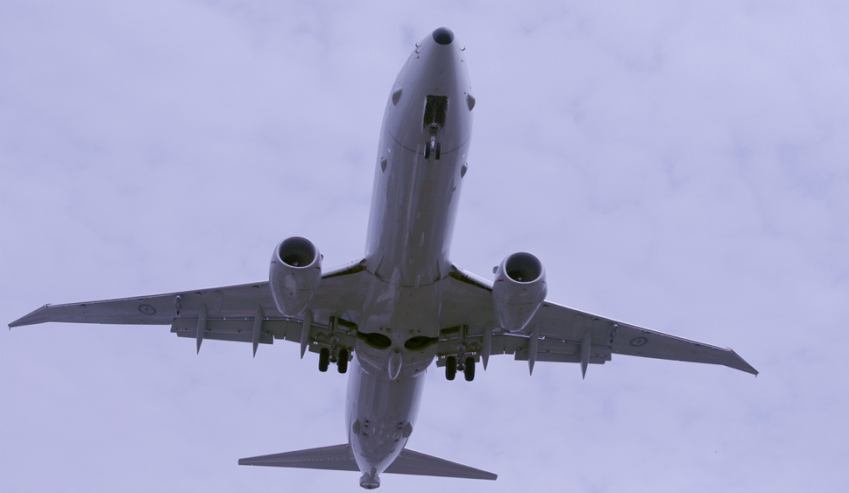A Shenyang J-16 strike fighter has endangered the crew of a RAAF P-8 Poseidon after cutting across the nose of the aircraft, prompting condemnation from Defence.
The incident, first revealed on Sunday, took place on 26 May over the South China Sea and saw the fighter jet accelerate so close to the Australian aircraft that a “bundle of chaff” was ingested into its engine.
Defence Minister Richard Marles said the P-8 returned back to base safely but added the incident would not deter the RAAF from continuing to fly over the disputed area.
Prime Minister Anthony Albanese said, “In the Australian government’s view, in the Defence Department’s view, this was not safe, what occurred, and we’ve made appropriate representations to the Chinese government expressing our concern at this.”
The RAAF P-8 Poseidon is a maritime patrol aircraft used for a variety of roles including reconnaissance and search and rescue.
On 26 May, it was undertaking “routine maritime surveillance activity” in international airspace in the South China Sea region.
“At that moment, it then released a bundle of chaff, which contains small pieces of aluminium, some of which were ingested into the engine of the P-8aircraft.
“Quite obviously, this is very dangerous.
“The activity of the P-8 form part of maritime surveillance activity which has been undertaken by Australia in the South China Sea for decades – other countries do the same.
“I want to make it also very clear that this incident will not deter Australia from continuing to engage in these activities, which are within our rights and international law, to ensure that there is freedom of navigation in the South China Sea because that is fundamentally in our nation’s interest.”
The Boeing-built P-8A is a military variant initially based on Boeing’s workhorse narrowbody 737 Next Generation.
It’s equipped with advanced sensors and mission systems, including a multi-role radar, high-definition cameras and a high-processing acoustic system and an extensive communications suite.
Australia’s Poseidon fleet is based at RAAF Base Edinburgh and was introduced to partially replace the RAAF’s fleet of AP-3C Orions, together with the MQ-4C Triton unmanned aircraft system.
[Related: CCP benches Pacific proposal amid push back]








